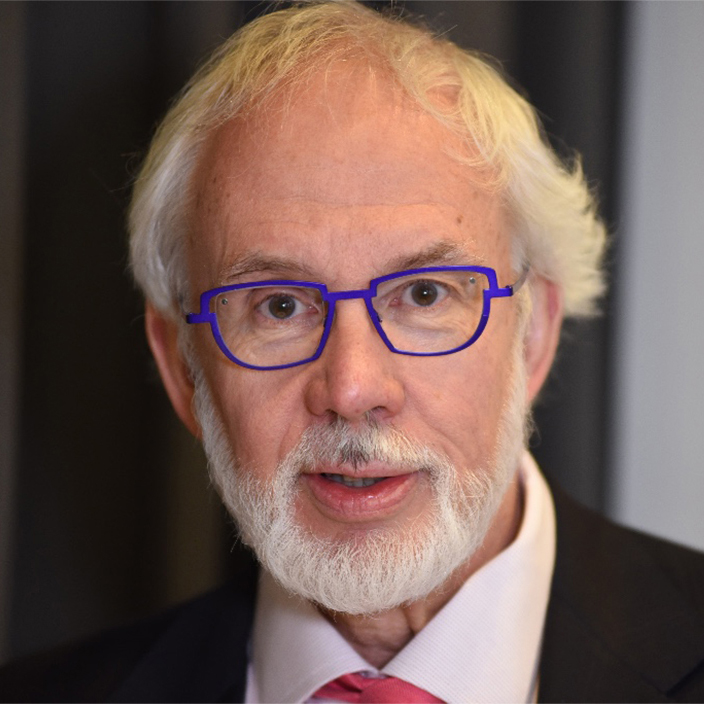In a previous post, I argued that we need a new American narrative for talking about climate change. This is a necessary but not sufficient condition for creating a bipartisan consensus across our political divide in order to establish stable, long-term policies to the benefit of all Americans. These policies must, as I’ve also written about before, strike the right balance between affordability, security, resiliency, and carbon intensity.

Melting street thermometer against bright summer sun.High temperature.Summer heat.Concept of global warming (Photo: iStock)
Crafting this narrative won’t be easy. I’ve been thinking about it for a while but am far from ready to try writing even a first draft. So I decided to start with something simpler which is to write 1,000 words explaining climate change. The audience is American citizens who are not experts, who have different levels of knowledge and interest, and who range across the political spectrum. I made the arbitrary decision that anyone willing to read a piece with this title would tolerate up to 1,000 words. And that’s probably stretching it given people’s busy lives and how much people use social media today to consume information.
My first crack at this is below. I found it extremely difficult to do. It is exactly 1,000 words (excluding the title). I’m sure there are many different ways to write such a piece for the same audience I’m addressing. I’d love to see what others would come up with—in 1,000 words or less.
According to the U.S. Energy Information Administration (EIA), fossil fuels provide about 83% of the energy needs in the United States. Nuclear and renewable energy each provide 9%, with 60% of the latter coming from biofuels. The production and consumption of fossil fuels generates carbon dioxide (CO2) which accumulates in the atmosphere and traps heat, a greenhouse effect (leading to the commonly used term “greenhouse gas”). Since the beginning of the Industrial Revolution in the mid-18th century, the amount of CO2 (often called “carbon emissions”) has increased by 150%. It is difficult to put a precise figure on how much warming has taken place, but it is around 2°F or 1°C. Most of this warming has taken place over the past 40-50 years.

U.S. Primary Energy Consumption by Energy Source, 2023 | U.S. Energy Information Administration
Global warming has consequences for weather. According to NASA, global warming “is impacting extreme weather across the planet. Record-breaking heat waves on land and in the ocean, drenching rains, severe floods, years-long droughts, extreme wildfires, and widespread flooding during hurricanes are all becoming more frequent and more intense.” If global warming continues, these effects will be even more severe, such as rising sea levels which could put many U.S. cities underwater by 2050. The year 2050 is often cited by those who study climate change, trying to anticipate its effects and how to mitigate and adapt to global warming. The general scientific consensus is that in order to avoid the most serious consequences of global warming, the temperature rise should be kept to around 2°C or 3.6°F by 2050.
I have written about the vast divide between Republicans and Democrats, with Independents in the middle, (closer to Democrats). For many Republicans the very terms “global warming” and “climate change” are associated with a more general progressive Democratic political agenda which they don’t support. Climate change is one of many topics about which there are strong feelings in our very polarized country. This makes it a very difficult issue from a public policy perspective, and we vividly see this when comparing the current administration to the previous one.
SUBSCRIBE TO OUR NEWSLETTER
Subscribe our newsletter to receive the latest news, articles and exclusive podcasts every week


